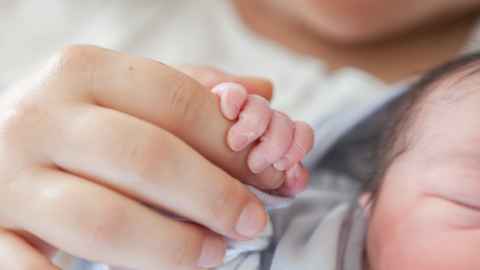Woodhouse vision for ACC lost
14 January 2022
Opinion: ACC has become a prisoner of the ‘small print’ definition of what is an accident, writes Associate Professor Susan St John.

The NZ herald, Saturday 8 January, (Uphill climb for compensation) rightly draws attention to the anomalies in ACC coverage. Many injured people end up feeling the scheme is about saving money, not their needs.
In 1967 the architect of ACC, Sir Owen Woodhouse, repudiated the old workers’ compensation arrangements that pandered to insurance companies and lined the pockets of lawyers. He envisaged a scheme that would put the needs of the injured centre: foreseeing an eventual expansion of coverage to disability caused by sickness, and a better recognition of the vital role that women play in the productive economy.
This was not the original vision. In 1967 the architect of ACC, Sir Owen Woodhouse, repudiated the old workers’ compensation arrangements that pandered to insurance companies and lined the pockets of lawyers. He envisaged a scheme that would put the needs of the injured centre: foreseeing an eventual expansion of coverage to disability caused by sickness, and a better recognition of the vital role that women play in the productive economy. So what has gone wrong?
The problem was that the original 1972 Act retained much of the insurance structure of the old Workers Compensation Act. ACC was implemented as dressed up private insurance operated by the state, but without the ability to sue for damages. The liabilities of future claims of all accidents on ACC’s balance sheet, as for private insurers, had to be balanced with sufficient assets. This ‘Full funding’ approach helps explain the narrowing of the scope of ACC.
This insurance-based thinking led National to privatise the work account in the late 1990s, setting up competing private insurers to take over the lucrative role of managing clearly defined work accidents.
After the election of 1999, in a dramatic move, Labour carried out its promise to renationalise ACC. The insurance industry was stunned: competing private insurers were shown the door along with a lot of unhelpful insurance language. But sadly, the new ACC Act did not remove the insurance-based requirement that the scheme be fully funded.
To achieve full funding the National government tightened the definition of an accident in 2010, removing amongst other things self-harm and suicide from coverage. Further bureaucratic tinkering reduced the coverage of birth injuries.
Thus the productive and social valuable work of childbirth became protected under ACC only if there was evidence of a treatment injury (eg by use of forceps). The baby itself was said to be part of the women’s body and therefore could not be the external force required to meet the definition of an accident. Injuries to babies themselves likewise were largely uncovered. Distressing stories of women suffering incontinence and pain from perinatal tears for months, often years, have exposed the need for urgent reform.
In contrast to Labour’s bold moves in the early 2000s this government has waited four years to redress some of the anomalies. But the Accident Compensation (Maternal Birth Injury and Other Matters) Amendment Bill now before the select committee is timid indeed.
As one of the “Other matters“ instead of wiping the 2010 changes made by Nick Smith and returning cover to dependants and for funeral costs of all suicides, there is a slight tinkering that reads:
“Clause 10 amends section 119, which provides for disentitlements from cover for self-inflicted personal injuries and death due to suicide. The amendment provides that section 119(1) does not apply if a claimant’s death was as a result of an assisted dying procedure under the End of Life Choice Act 2019”.
This amendment appears bizarre. It does nothing at all to return to full coverage of suicide and continues to leave many families struggling after the trauma of sudden death with no extra help for dependents or funerals. Has it been well thought through? Surely it isn’t intended to encourage assisted dying by compensation for the family? But what is it for?
To allow for more birth injuries to be covered the bill changes the external force requirement to “ an application of a force or resistance internal to the human body at any time from the onset of labour to the completion of delivery that results in an injury to a person who gives birth”. Note that non-treatment injuries to the baby itself are still excluded.
While the list of birth injuries to be covered includes perineal tears, fistulas and uterine prolapse, it is only for births after 1 October 2022. This means thousands of women will have to continue to live with birth injuries including those that emerge later in life. Prevention is not even mentioned in this bill. The health of mothers so vital for society has been squeezed by the straightjacket of full funding cost considerations.
It is critical for women and those interested in these and other changes to ACC, to make submissions on this bill before midnight on Friday, 11 February 2022.
Associate Professor Susan St John, Economics, University of Auckland Business School.
This article reflects the opinion of the authors and not necessarily the views of the University of Auckland.
Used with permission from the New Zealand Herald, Susan St John: Changes to our accidental compensation scheme, 11 January 2022.
Media queries to:
Miranda Playfair | Media Adviser
M: 021 063 8393
E: m.playfair@auckland.ac.nz